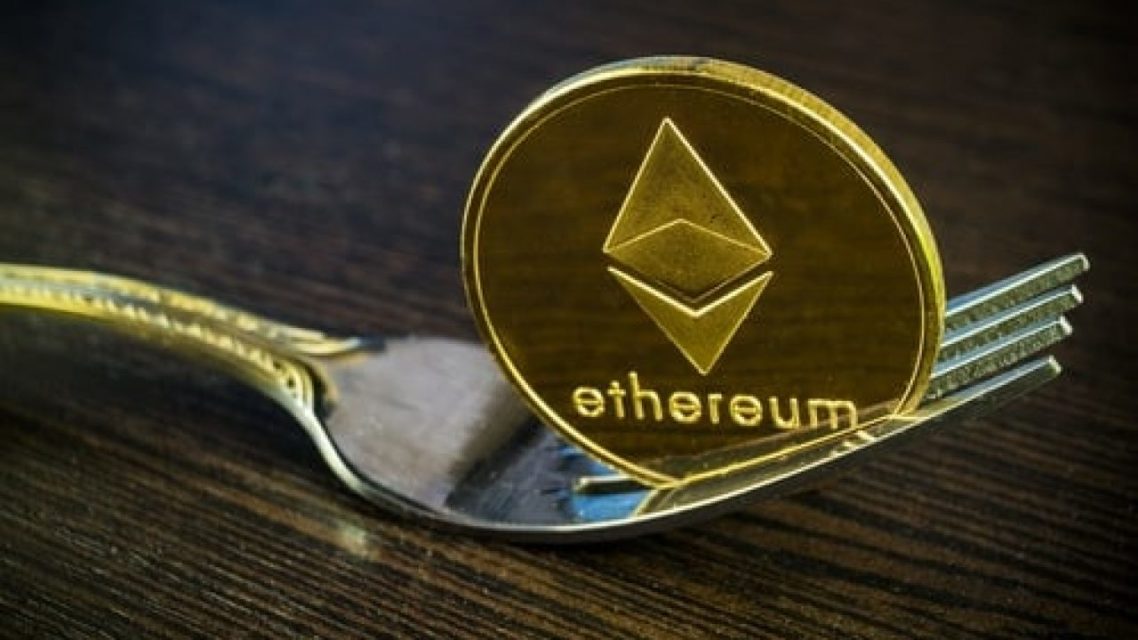Soft Fork is the name given to compatible upgrades of protocols belonging to blockchain networks. This concept, which means “soft fork” in Turkish, is simple changes that can be applied without negatively affecting many users on the network.
What is Soft Fork?
Soft Fork stands for “soft fork” and is a backward compatible upgrade of the blockchain protocol. Upgrade allows nodes running previous versions to interact with other nodes despite some functional limitations.
Unlike hard forks, soft forks do not generate a new cryptocurrency. However, the network may gradually switch to the new rules as more users agree to upgrade. Soft forks make cryptocurrencies more sustainable in the long run.
A typical rule change on Soft Fork involves changing the block size limit or block duration. These are simple changes to implement without negatively impacting many users on the blockchain network.

Soft Fork Examples
bitcoin
Bitcoin has undergone significant changes, including soft and hard forks. Here are some notable examples of Bitcoin’s soft forks;
SegWit Upgrade (July 2017): This is one of the best known BTC Soft Forks. The upgrade split the signature data into a separate memory cache. Nodes can transfer data to a block stored in the computer’s RAM. This allowed more transactions to fit into a block without violating previous rules. The upgrade also introduced a new address type (Bech32). Full nodes using older P2SH Bitcoin addresses can still transact with Bech32 Bitcoin addresses.
Taproot Upgrade (November 2021): The Taproot upgrade adds new functionality to the Bitcoin blockchain by adding new cryptographic signatures and improving compatibility with the Lightning network sidechain. This upgrade also includes several Bitcoin Improvement offers. Soft running allowed users to perform more complex operations at higher speeds and lower costs. Users can also make smart contracts over the lightning network.

Ethereum
Like Bitcoin, Ethereum has gone through several upgrades after its release. Many Ethereum changes have been hard forked. However, the Ethereum 2.0 upgrade can be considered one of the most important soft forks in cryptocurrency and blockchain history. It is worth noting here that the phrase “Ethereum 2.0” is a misnomer as it covers users using an older version. All accounts will be upgraded by adding tiers.
Beacon Chain (December 2020): This is the first of a series of multiple upgrades designed to replace the protocol’s consensus mechanism. Prior to the merger, Ethereum rewarded minors through its native Proof-of-Work consensus protocol. The change moves the consensus mechanism to a more efficient Proof-of-Stake protocol. With this change, a new Beacon Chain was thus introduced. Ethereum users can vote for transaction confirmation based on the amount of ETH they have accumulated on this blockchain. The launch of the blockchain was followed by multiple network upgrades that eased transaction costs and a reorganization of users on the entire Ethereum blockchain as execution and consensus users.
Bellatrix Upgrade (September 2022): This upgrade ended the consolidation of Ethereum blockchains and moved it to a true Proof-of-Stake consensus mechanism. This upgrade allowed consensus users to execute transactions on the Beacon Chain.





